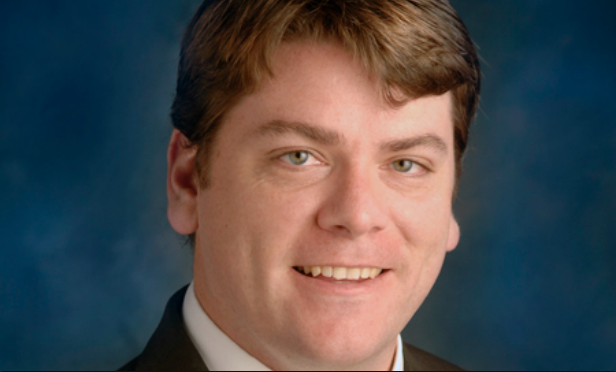 Chris Burns Duke Realty Corp. GlobeSt.com: This cycle you have amassed a significant portfolio in Southern California—a highly sought-after market. Tell me about your acquisition strategy. Chris Burns: GlobeSt.com: Industrial really started to take off in 2013. You were really early in the trend. Did the firm anticipate this growth in advance? Burns: GlobeSt.com: How has the market changed since you arrived in 2011? Burns: GlobeSt.com: As the market has changed, have you focused on different industrial product types or development markets? Burns: GlobeSt.com: What have started to see institutional capital partner with private capital sources to penetrate the Southern California market. How have you funded your acquisition, and would you consider joint venture opportunities? Burns:
Chris Burns Duke Realty Corp. GlobeSt.com: This cycle you have amassed a significant portfolio in Southern California—a highly sought-after market. Tell me about your acquisition strategy. Chris Burns: GlobeSt.com: Industrial really started to take off in 2013. You were really early in the trend. Did the firm anticipate this growth in advance? Burns: GlobeSt.com: How has the market changed since you arrived in 2011? Burns: GlobeSt.com: As the market has changed, have you focused on different industrial product types or development markets? Burns: GlobeSt.com: What have started to see institutional capital partner with private capital sources to penetrate the Southern California market. How have you funded your acquisition, and would you consider joint venture opportunities? Burns:© Touchpoint Markets, All Rights Reserved. Request academic re-use from www.copyright.com. All other uses, submit a request to [email protected]. For more inforrmation visit Asset & Logo Licensing.






